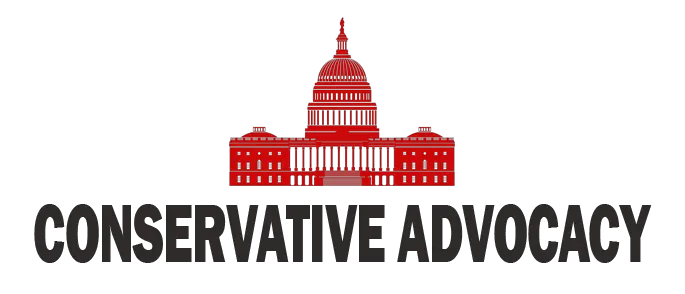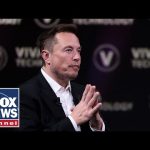In a highly publicized interview with Sean Hannity, former President Donald Trump and billionaire entrepreneur Elon Musk showcased their burgeoning partnership, highlighting their shared mission to eliminate wasteful government spending through the Department of Government Efficiency (DOGE). The initiative, spearheaded by Musk, aims to modernize federal operations, cut unnecessary expenditures, and streamline bureaucracy. Their collaboration has sparked significant attention, with supporters praising their bold approach and critics raising concerns about transparency and potential overreach.
Trump and Musk discussed their ambitious goal of identifying $1 trillion in government waste by July 2026, with Musk revealing that $55 billion in savings has already been uncovered. Trump emphasized that the initiative reflects the will of the people, asserting that reducing the size of the federal government is essential to restoring democracy and curbing bureaucratic overreach. Musk echoed this sentiment, stating that DOGE’s mission is to ensure taxpayer dollars are used efficiently while holding agencies accountable for wasteful practices.
One of the most intriguing aspects of the interview was their discussion of a proposed “DOGE Dividend,” which would allocate 20% of savings back to American taxpayers and another 20% toward reducing the national debt. Trump expressed enthusiasm for the idea, suggesting it could incentivize citizens to report government inefficiencies. This proposal has generated excitement among many Americans who see it as a tangible benefit of fiscal reform. However, questions remain about whether such savings can be sustained and whether the initiative’s aggressive cost-cutting measures might have unintended consequences.
Critics have raised concerns about DOGE’s rapid implementation and its impact on federal employees. Thousands of workers have already been laid off or reassigned as part of the initiative, prompting backlash from labor unions and some lawmakers. Republican Senator Lisa Murkowski warned that indiscriminate workforce reductions could harm dedicated civil servants and disrupt essential government functions. Others have pointed out potential conflicts of interest given Musk’s dual roles as a private-sector billionaire and a key figure in federal operations.
The Trump-Musk partnership represents a bold step toward addressing long-standing inefficiencies in government. By leveraging Musk’s technological expertise and Trump’s political influence, DOGE has the potential to deliver meaningful reforms that align with traditional values of fiscal responsibility and limited government. The initiative’s emphasis on transparency—such as making its findings publicly available through Musk’s social media platform X—has also been praised as a refreshing departure from opaque bureaucratic practices.
Ultimately, the Trump-Musk alliance reflects a shared vision for reshaping government operations to better serve taxpayers. While challenges remain—both in terms of execution and public perception—their efforts signal a commitment to tackling inefficiency head-on. As DOGE continues its work, Americans will be watching closely to see whether this unconventional partnership can deliver on its promises or if it will face insurmountable hurdles in its quest for reform.




